
Launched in China back in late last year, the A83 was brought in by OPPO to the market to let customers experience their Smart Selfie technology found in the OPPO F5 and OPPO F5 Youth at a more reasonable price. The smartphone also carries over the 18:9 display found on its bigger siblings. Will the OPPO A83 deliver the same selfie experience as its contemporaries? Let’s find out in this review.
OPPO A83
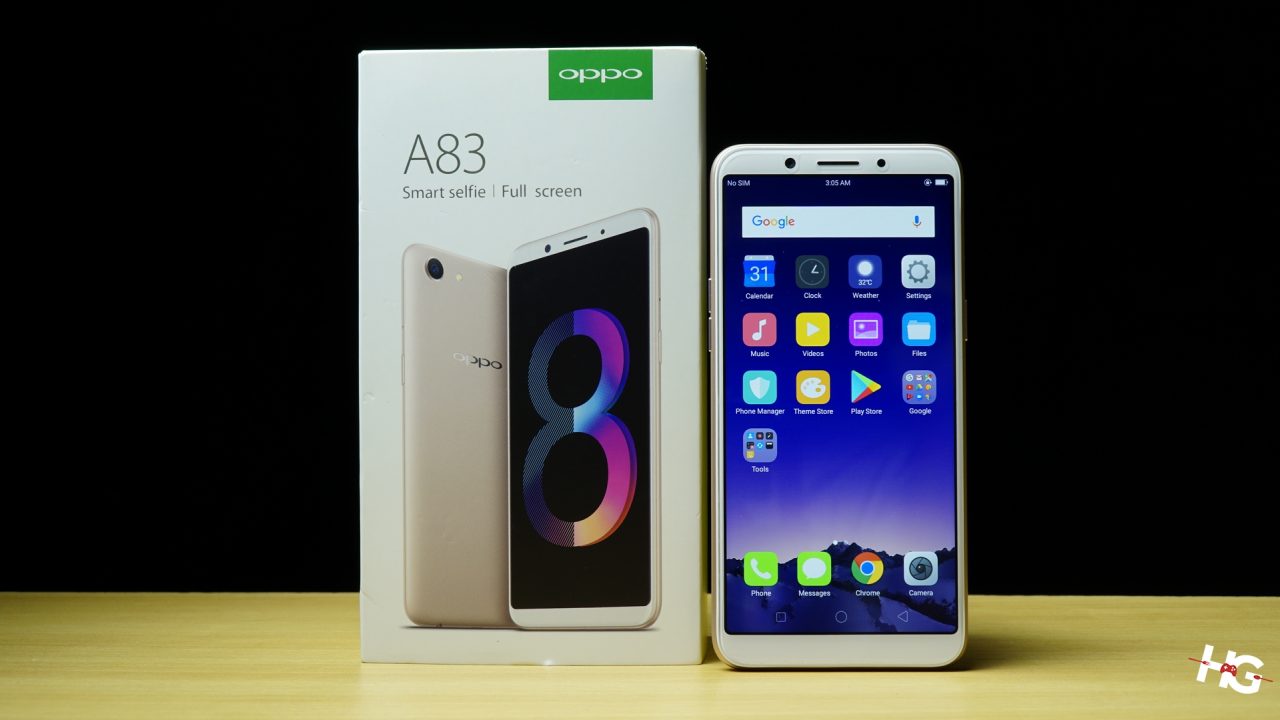
| Chipset | MediaTek MT6763 Helio P23 |
| Screen | 5.7-inch, 1440 x 720 display, 18:9, 282ppi |
| RAM | 3GB |
| OS | Android 7.1.1 with ColorOS 3.2 |
| Rear Camera | 13MP, LED Flash |
| Front Camera | 8MP, Screen Flash |
| Storage | 32GB expandable via dedicated microSD slot |
| Network | Dual-SIM, 4G LTE |
| Connectivity | Wi-Fi, Bluetooth 4.2, GPS, A-GPS, Gyroscope, Face Unlock, MicroUSB |
| Battery | 3,180mAh |
Unboxing
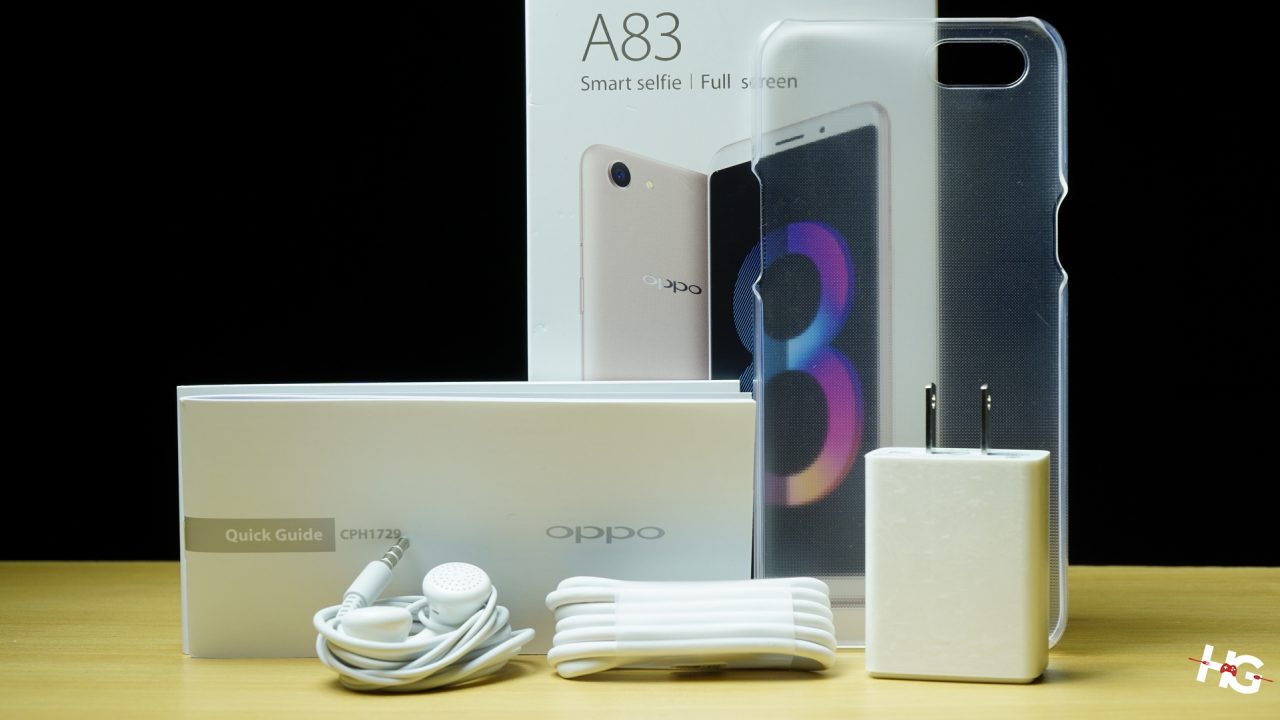
The OPPO A83 comes with the usual set of accessories found in most OPPO devices. Inside the box, aside from the A83 itself, is a plastic case, a USB wall plug, a set of earphones, a microUSB cable, and documentation. Pretty standard stuff although we would’ve liked the earphones to be of the IEM variety.
Design and Features

Not much has changed with the OPPO A83 in terms of design to separate it from its contemporaries. It does, however, sport a smaller 5.7-inch display compared to the 5.99-inch screen found on the OPPO F5 and the OPPO F5 Youth. Resolution has taken a hit as well with the A83 having a 1440 x 720 resolution although the 18:9 aspect ratio has been preserved.
Despite the lowered resolution, the OPPO A83 still has a pretty packed pixel density of 282.45ppi. This means that you’ll barely make out individual pixels unless the smartphone is directly smack on your face. Color rendition is fairly good as well with the smartphone displaying well-saturated images without any color shift on off-angles.
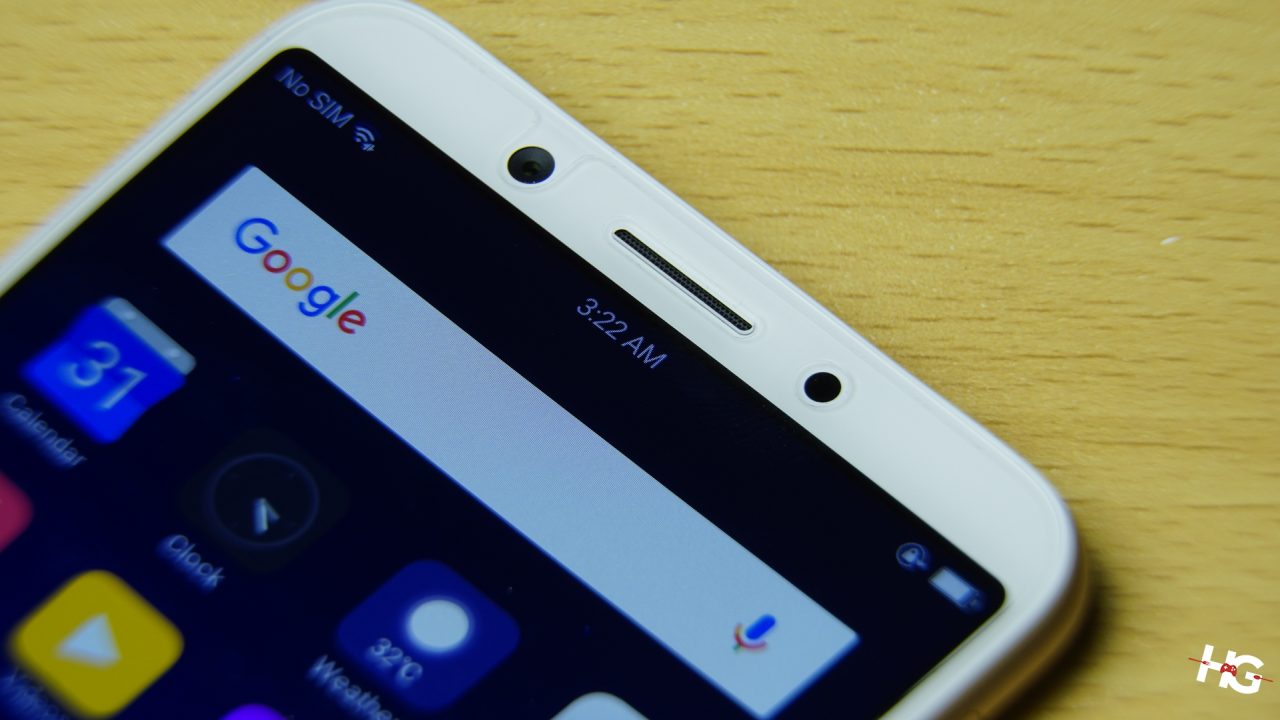
At the top of the display is the smartphone’s 8MP front camera and a light sensor. The front camera also supports OPPO’s Face Unlock that allows you to unlock your smartphone with just a glance of your face.
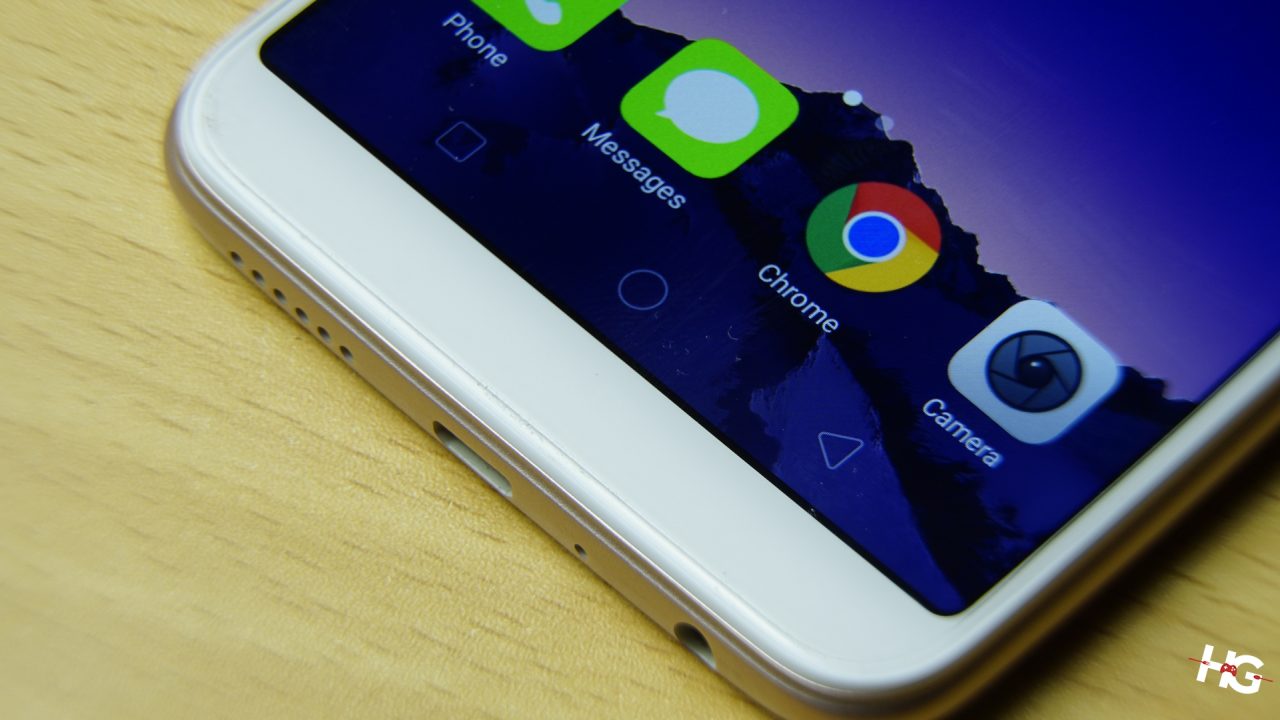
To let the display cover the whole front of the device, the A83 has integrated the navigation keys onto the screen. Further down is its speaker grilles, a microUSB port, microphone, and a 3.5mm audio jack.
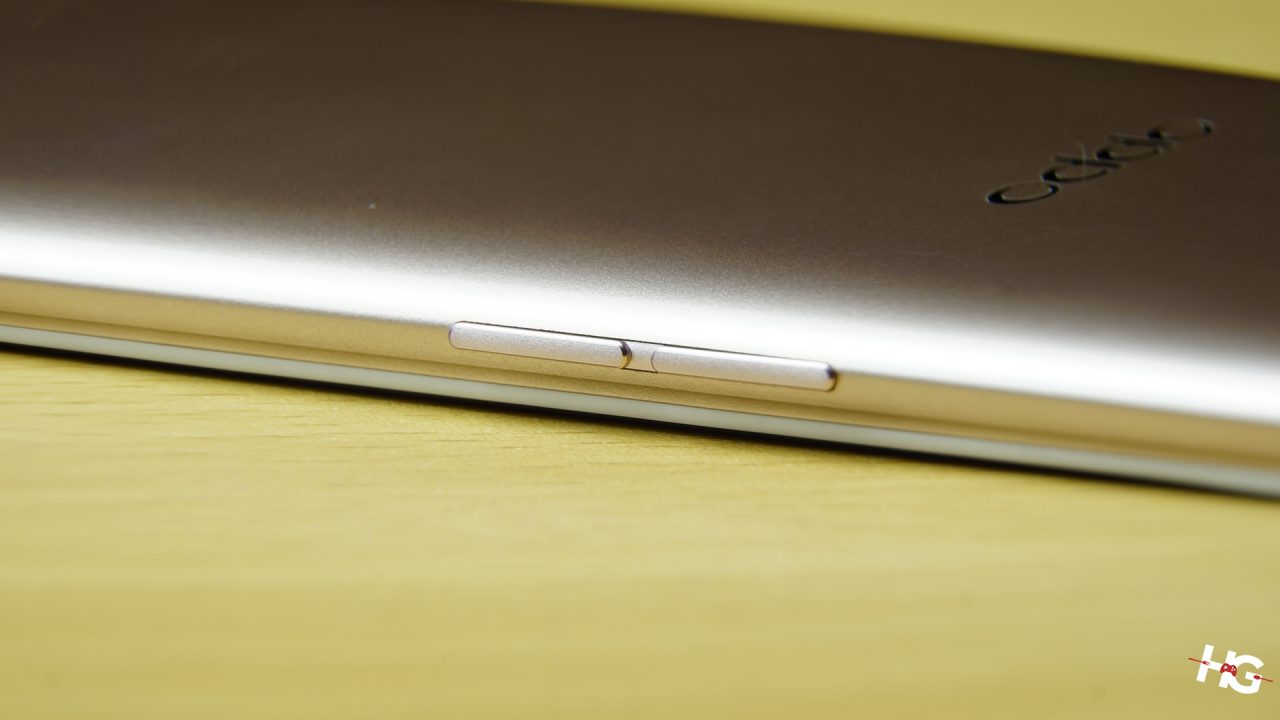

The volume buttons are located at the left-hand side of the smartphone while the power button is located at the right-hand side. Accompanying the power button is a triple SIM slot tray with support for two SIM cards and a dedicated microSD slot, which can be ejected via the SIM tray ejector pin.

The OPPO A83’s rear is primarily made of plastic. It’s nothing special although it does feel nice to the touch unlike other smartphones in this price range. The primary camera of the A83 is a 13MP shooter complemented by an LED flash.
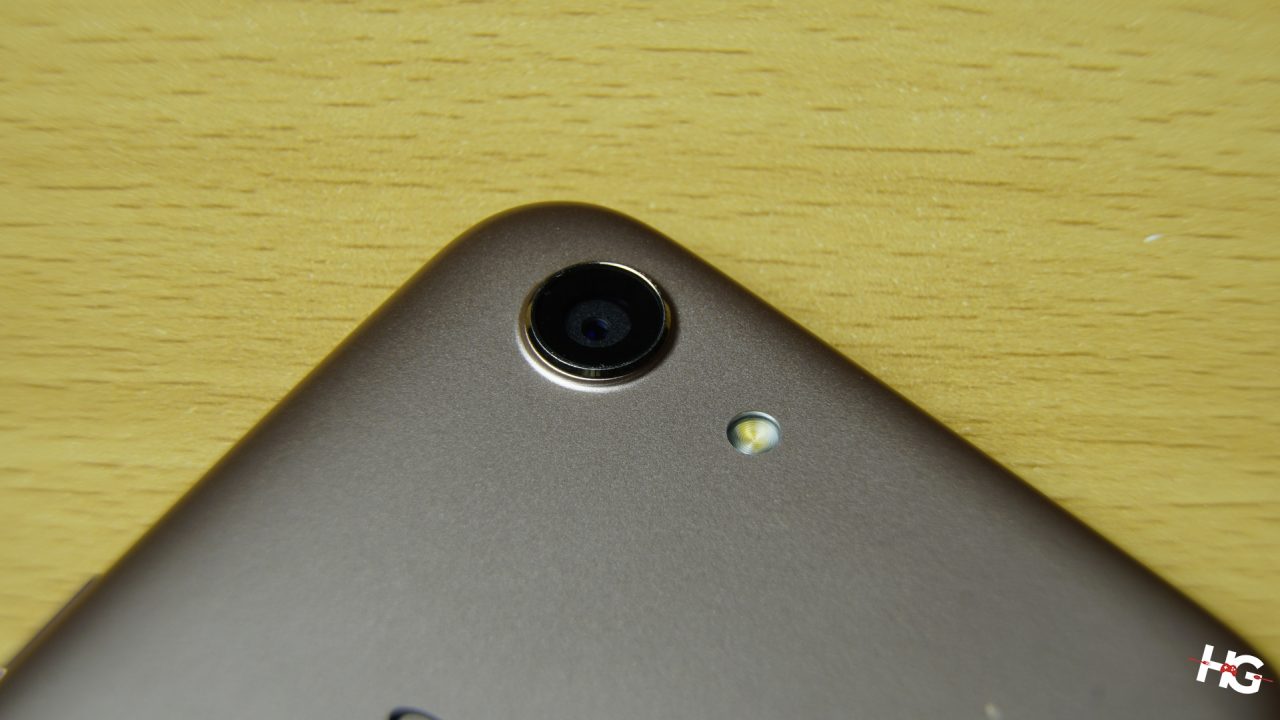
The whole smartphone measures at 150.5 x 73.1 x 7.7mm and weighs 143g. It’s thin, dainty, and lightweight. A perfect match if you don’t like heavy smartphones.
There’s nothing we haven’t seen before with the design of the OPPO A83. The most notable omission in the A83 is the fingerprint sensor. Although it can be argued that the Face Unlock replaces this feature, it would have been nice if OPPO included a fingerprint sensor. But hey, OPPO’s got to shave cost somewhere.
User Interface
The OPPO A83 comes shipped with Android 7.1.1 Nougat with their ColorOS 3.2 on top. Like most of OPPO’s smartphones, it does have an iOS feel to it. There’s no traditional app drawer and all of the apps can be accessed via the home screen.
The notification screen can be accessed by swiping down from the top while the command center can be located by swiping up from the bottom. OPPO has also thrown in gesture and motion controls as well as split screen mode.
Despite lacking a fingerprint scanner, the A83’s Face Unlock does a good job keeping up with unlocking the phone. It’s fast and easy and can be set up with relative ease. You will run into problems unlocking the smartphone if its pitch black, but aside from that, we don’t have much complaints about the Face Unlock.
Entertainment
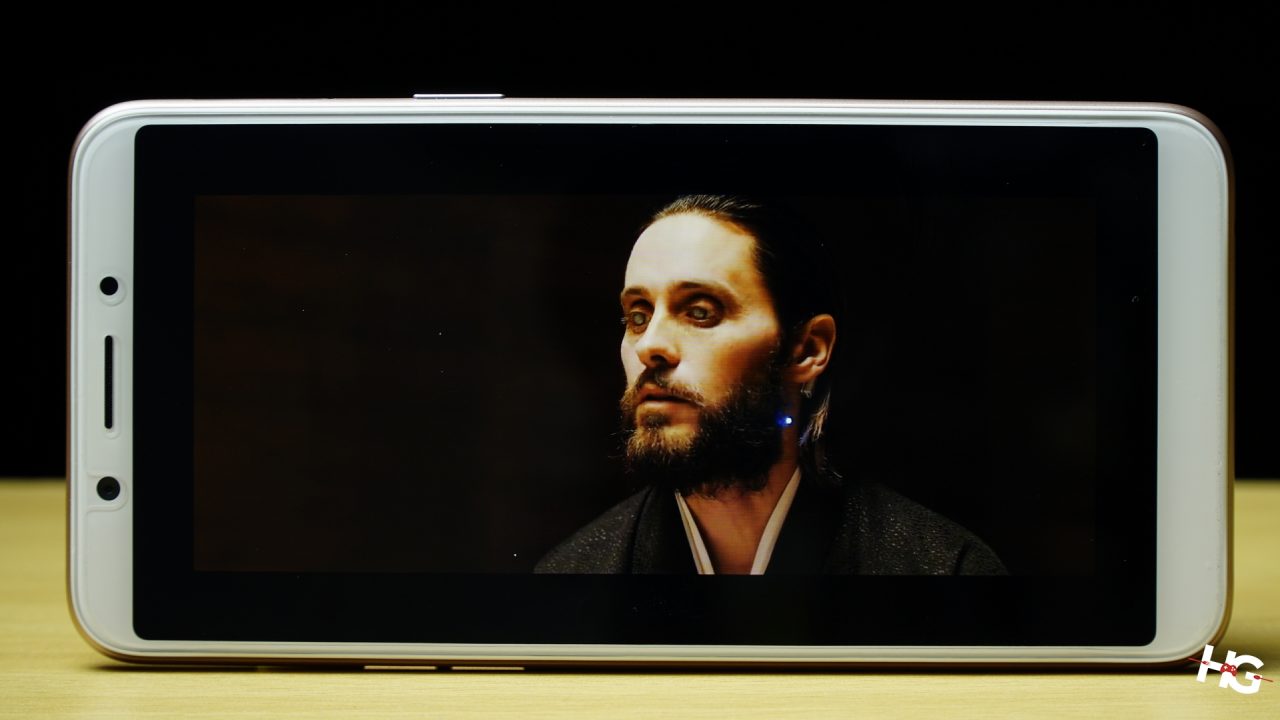
Like other smartphones with 18:9 displays, watching movies with the A83 is a sublime experience. The movie occupies the whole display without any horizontal black bars unless it’s artificially encoded. You would experience problems with watch older media with 4:3 aspect ratios as only the middle part of the screen is occupied.
The smartphone’s speakers also comes to bear when watching or listening to music. It’s surprisingly usable despite the A83’s price point. Mids are clear while the bass is punchy. The highs, however, leaves a bit to be desired as some of the high notes are lost in translation.
Camera
The OPPO A83’s camera app delivers most standard features that you’d expect from a smartphone camera nowadays. The camera can do Auto, Time-Lapse, Video, Beauty, Pano, and Expert. Expert mode allows you to fiddle around with settings such as White Balance, Exposure Values, ISO, and Shutter Speed, which is a good thing if you want to get the perfect shot with the OPPO A83.
Of course, HDR is included in the mix as well as a variety of nine filters and nine kinds of watermarks. All of these are compatible with each other. This allows you to full personalize your photo when posting it on social media.
The 13MP rear camera does a decent job of capturing photos on well-lit conditions. There’s no noticeable distortion from the camera nor any weird artifacts. Colors are good and saturated although there is some noticeable noise when shooting in dark areas.
Meanwhile, the 8MP shooter of the A83 also does a good job capturing selfies and groufies while on the go. OPPO’s Smart Selfie is also intelligent enough the detect faces and apply the proper beautification without the subjects going Looney Tunes.
Performance and Benchmarks
Inside the OPPO A83 is a MediaTek MT6763PT Helio P23 SoC paired with 3GB of RAM. Despite the misconception of MediaTek SoCs being subpar compared to other SoCs, the Helio P23 inside the A83 delivers a largely lag-free experience on daily use as well as in light gaming.
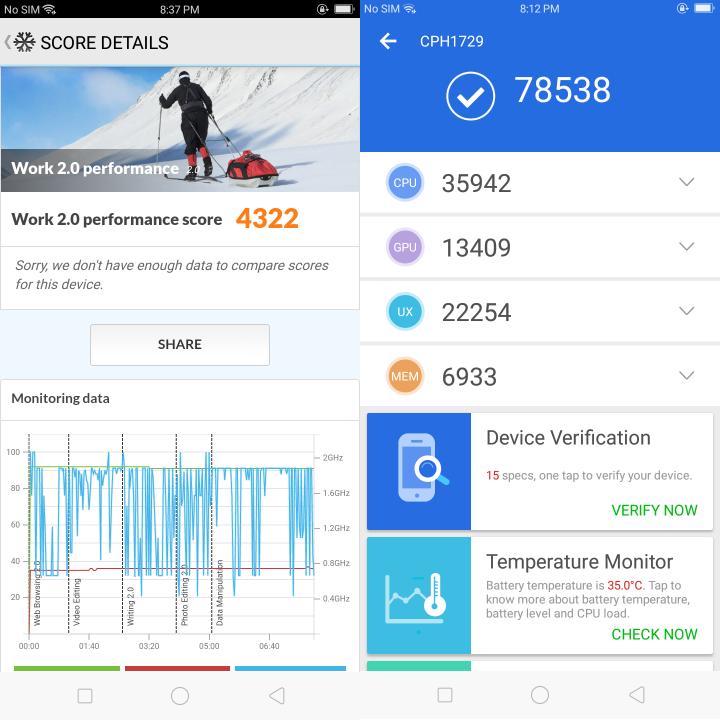
As far as benchmark goes, the OPPO A83 was able to get a score of 4322 in PCMark Work 2.0 and 78538 in AnTuTu, which are expected scores for a smartphone of this caliber.
Battery Life
The OPPO A83 gets its juice from a non-removable 3,180mAh battery, which is pretty good for its price. It isn’t the most beefy smartphone in terms of battery in its range but it does an okay job powering up to smartphone for a decent period of time.
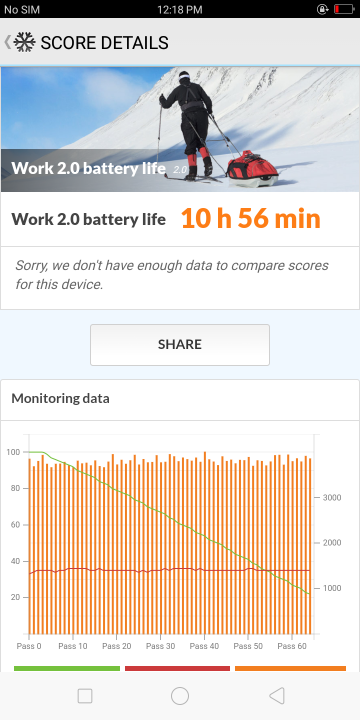
The A83 doesn’t come with fast charging. Thus, charging the battery could take an hour and a half or more. Based on our benchmarks, the A83 was able to last 10 hours and 56 minutes on half brightness and volume. On the real world, however, the smartphone was able to last almost a day on medium usage.
Conclusion
Based on our experience with the OPPO A83, we think that the Chinese company was successful in bringing the Smart Selfie experience at a budget. Despite its lower PhP 9,990 price, it remains largely the same as its contemporaries from the 18:9 display, good performance, and design.
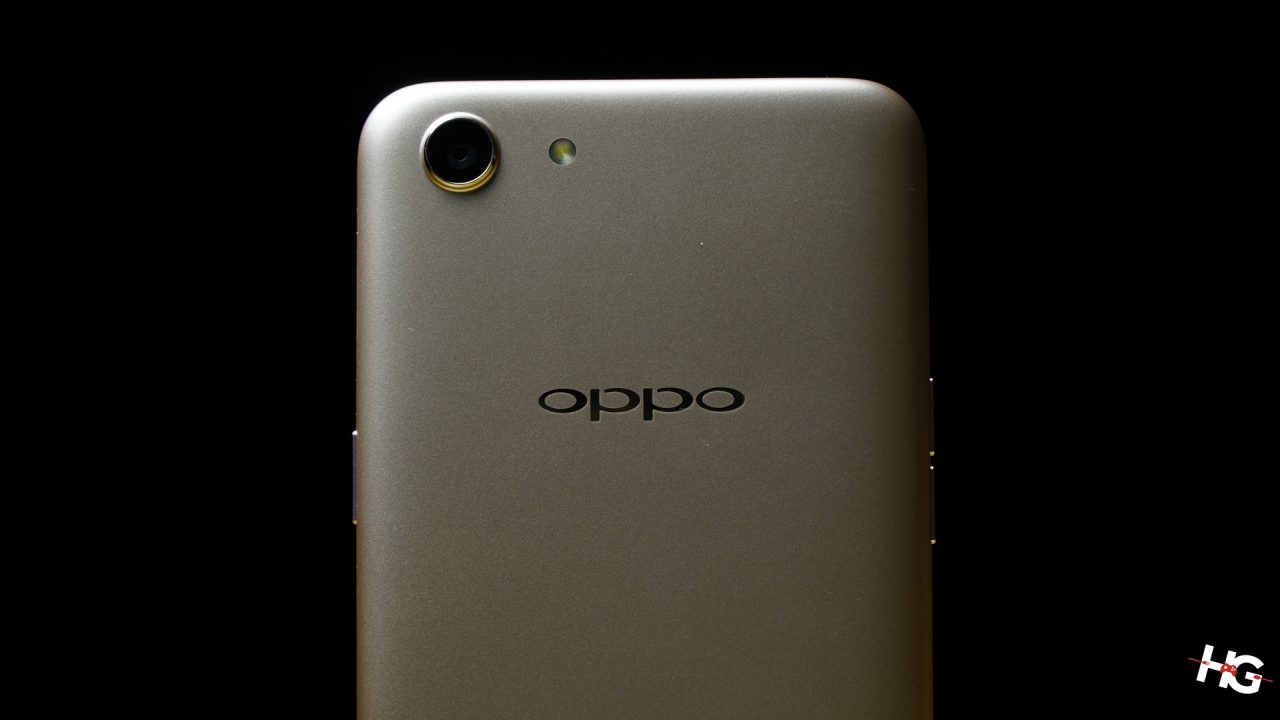
The cameras on the smartphone did a splendid job capturing images. The Smart Selfie on the 8MP front-facing camera was also a joy to use as it frees us up from setting up beautification when taking selfies or groufies. It automatically adjusts depending on your face structure resulting in a photo that’s smooth and not cartoonish.

With its decent performance, cameras, and battery life, we’re giving the OPPO A83 our Value Smartphone award. If you’re out and about in the market for a smartphone that won’t break the bank, will last the whole day, and lets you take selfies without too much hassle, then the OPPO A83 might just be the smartphone for you.
